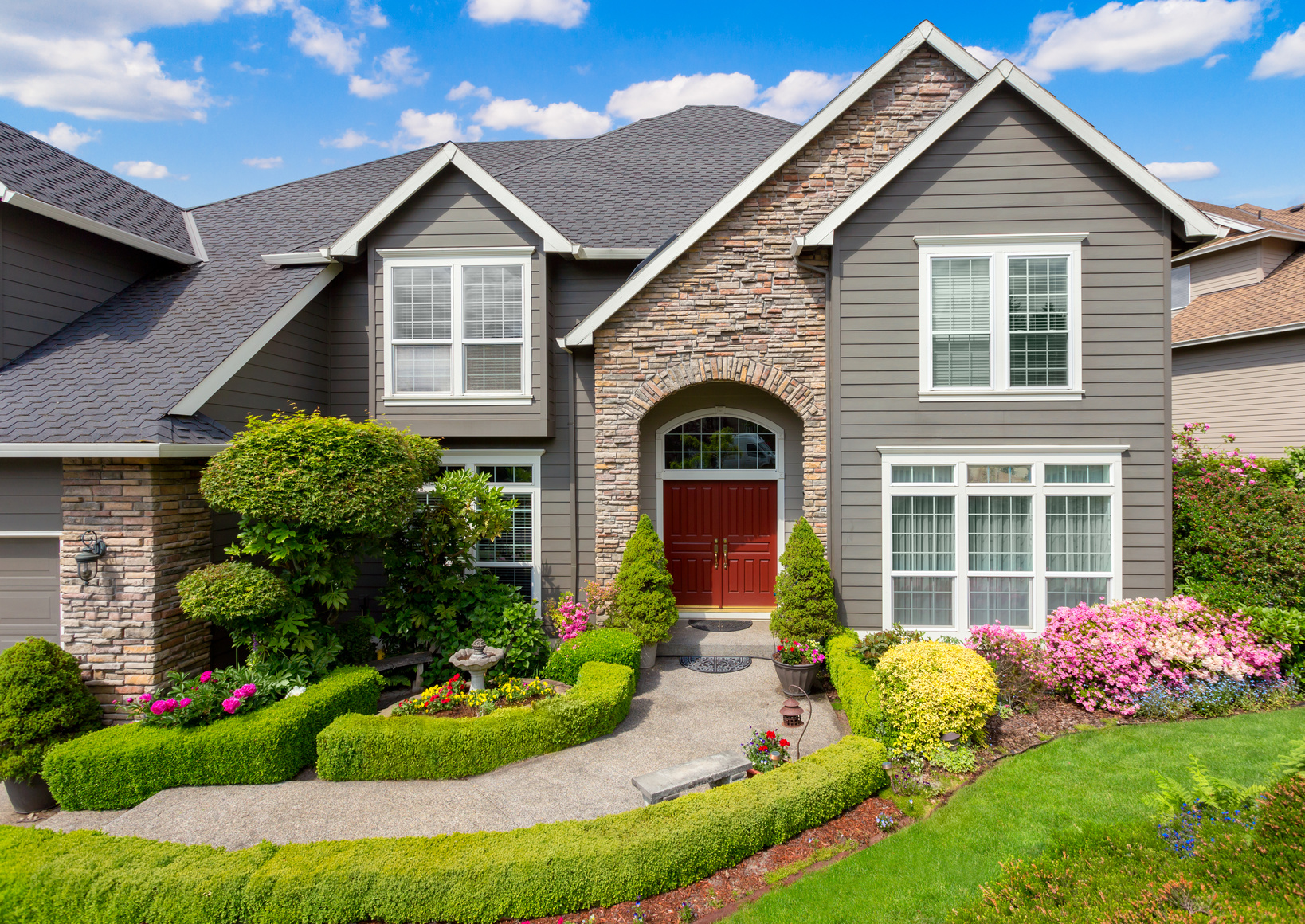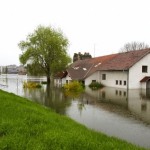Especially during the summertime, planting flowers and even trees to make the yard look nice is a common hobby. But before adding to the garden, you should know that there are ways to direct water away from your foundation.
Simply planting shrubs, flowers, and trees in the right spots, you can prevent groundwater from seeping into your basement during rainfalls. This can save not only your underground structure, but a ton of time and money spent in water damage restoration.

This is one of the best and often most cost-effective ways to prevent water damage, and very convenient if you haven’t started gardening yet.
So here are some landscaping tips to prevent basement flooding in your home:
- Grade the yard. While this doesn’t pertain much to gardening, it’s important to understand the high and low points of your home so you can create the right slopes to direct water away. Simply create high slopes with dirt around the perimeter so the water can flow away from the foundation. To be sure that this is done correctly, it’s good to hire a professional to inspect the basement pipes, drains, windows, and other areas that are not negatively impacted in the process.
- Choose native plants. It’s important to use plants that are native to the area in order to prevent soil erosion. This will allow the rainwater to flow more efficiently.
- Plant grass. The roots from the grass can help absorb the water in the ground. After planting, hold off on mowing the lawn so the roots can attach properly. If not, weakened roots will result in flooding your yard and even your home.
- Add mulch. Mulch is great for absorbing water and will keep it away from your home. Just make sure to lay it down in an area that is both away and directed away from your home’s exterior.
- Create a rain garden. A rain garden is an area that is planted in a shallow, landscaped low area of the yard. It is meant to collect rainwater from the gutters and downspouts of the home.
- Install rain barrels. Rain barrels are other areas that are great for collecting rainwater. They are placed at the bottom of downspouts to direct the water away from your home to prevent flooding. They are also an eco-friendly alternative for watering your lawn and gardens during dryer times of the season. They can also limit the pollution runoff into natural waterways and lakes.
- Add drainage near sidewalks. Driveways that are paved can lead to rainwater runoff, which in turn increases the risk of flooding. To prevent this from happening, you can lay down gravel or install a spaced paver driveway. However many homeowners opt for adding drainage to their driveway instead, which is less expensive and still channels water away from the home.
- Hardscaping: Use hardscaping features like retaining walls or berms to channel water away from your home. These can be strategically placed to redirect water flow.
- Maintain a Safe Distance: Be mindful of any landscaping features like flowerbeds or ponds. Ensure that they are located at a safe distance from the house to prevent water from pooling near the foundation.
- Sump Pump Installation: Consider installing a sump pump in your basement. This can help remove any water that does make its way into the basement before it causes significant damage.
- Pervious Paving: If you have driveways or walkways close to your home, consider using pervious paving materials. These materials allow water to seep into the ground, reducing runoff.
- Soil Amendments: Improve the soil around your home’s foundation with proper soil grading and amendments. Loamy soil with good drainage properties is preferable. Avoid compacted or clay soils that retain water.
- Downspout Extensions: Ensure that your downspouts direct water at least 3-4 feet away from your home’s foundation. You can use downspout extensions to achieve this. These extensions should also slope away from the house.
- Inspect Your Work: After checking off the tasks above, it’s important to inspect your yard not only afterward but each season to ensure that water is always flowing away from the home. In addition to rain, melting snow and even draughts can either move the soil or cause corrosion to the landscaping. Staying aware of where the water is pooling will be key to prevent basement flooding or other unnecessary water damage.
By implementing these landscaping tips, you can significantly reduce the risk of basement flooding and protect your home’s foundation from water damage.
What to Do in the Case of Flooding
There are always ways to prevent water damage, but as much as we plan ahead, Mother Nature is full of surprises. In other words, water damage can’t always be prevented. In any event that you encounter a flooded basement, be sure to contact a water damage restoration specialist right away.
ServiceMaster is not only an expert in the industry but is available 24/7 to respond to all property emergencies. As soon as they receive your call, they will be on their way with all the equipment needed to return your home to its original condition. Everything from extracting the water, removing soiled materials, and preventing mold growth is what they do. They will also work with your insurance provider during the claims process, so you can have complete peace of mind throughout the service.
Don’t hesitate to give them a call during any emergency water damage situation.



